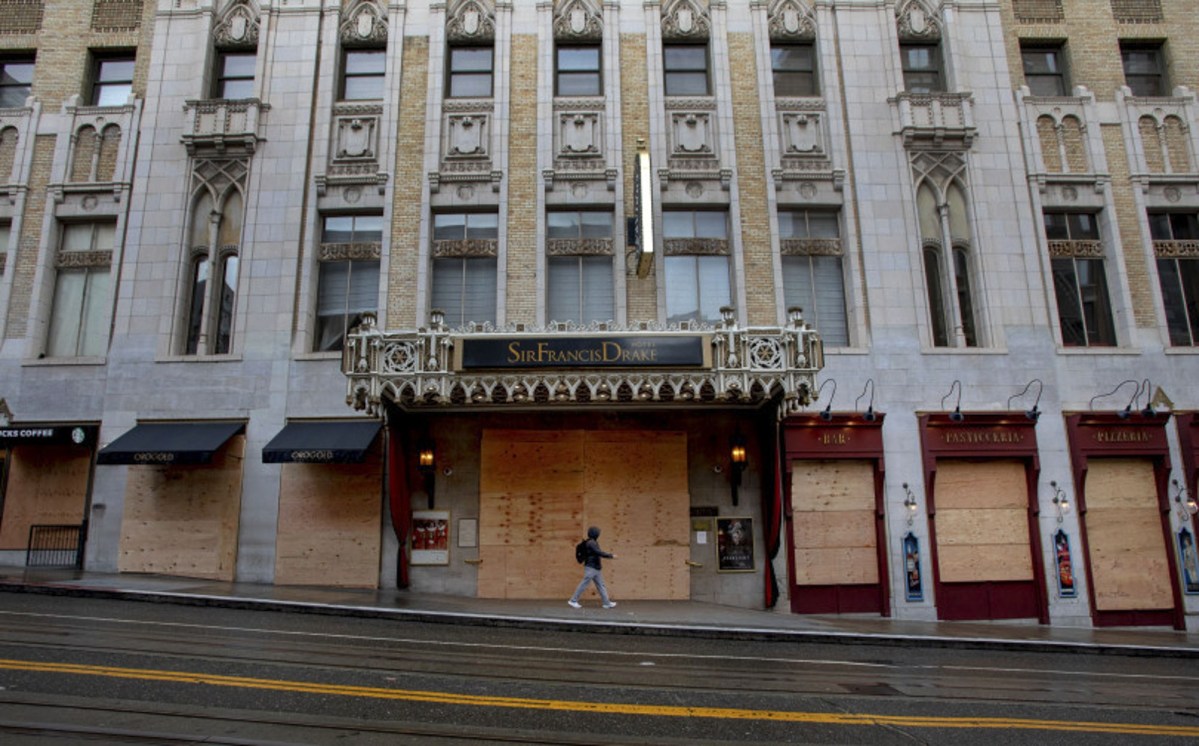Gov. Gavin Newsom has imposed another stay-at-home order, the strictest since March. Here’s what we know so far about that.
Gov. Gavin Newsom has imposed new pandemic restrictions with a conditional stay-at-home order to mitigate the effects of another surge in coronavirus cases. The number of confirmed patients in intensive care units in California was 708 on Nov. 1 and has steadily risen since.
“If we don’t act now, we’ll continue to see the death rate climb,” Newsom said in his press conference.
While this is the strictest statewide restriction imposed since March, it’s not as stringent as the initial shelter-in-place order issued at the pandemic’s outset.
What’s different about this order?
This one is regional, as opposed to statewide, and is triggered for the region if ICU bed capacity there dips below 15%.
So what are the regions?
The regions are Northern California, Bay Area, Greater Sacramento, San Joaquin Valley and Southern California.
If my region hits the threshold and this stay-at-home order gets triggered, what can I do?
You can go out for essential needs like getting groceries, exercise, and going to doctor appointments. Any K-12 schools that have already reopened can remain so. You can go to some retail stores, but they’re being told they can only operate indoors at a fifth of their previous capacity.
What can’t I do?
You can’t go do things that typically involve a large number of other people, especially in an indoor space. For instance, sporting events are out, as are wineries, bars, breweries, movie theaters, and amusement parks — you know, places that could host a coronavirus superspreader. For a more complete list, check here.
How long will the restrictions last?
If your region triggers the order, the restrictions last for three weeks.
